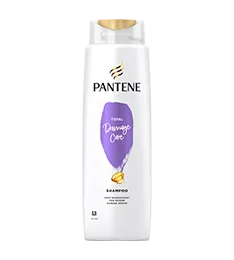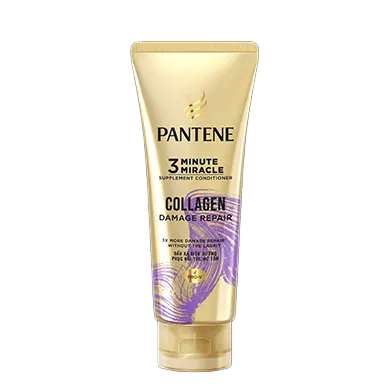Everything You Need to Know About Split Ends
Split ends are the result of the fraying or breaking apart of one hair strand into two or more. This happens to hair that is dry and brittle to the point of breakage. Contrary to popular belief, split ends don’t only happen to people with long hair, nor do they only affect the tips of the hair. As long as the hair shaft is damaged, even at any length, split ends will naturally occur.
Unlike the misconception of many, split ends are caused by the damage that occurs in the midsection of your strands. Each split end has a story because every strand of hair goes through different patterns of washing, dyeing, heat styling and is exposed to different environmental aggressors. There are four most common types of split ends, and the best way to prevent them is by adding in hair care habits to reduce exposure to their triggers.



